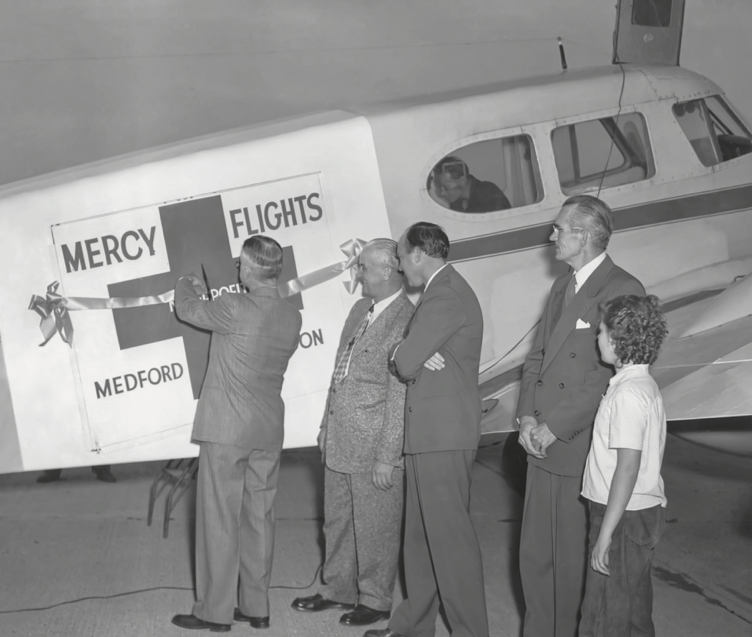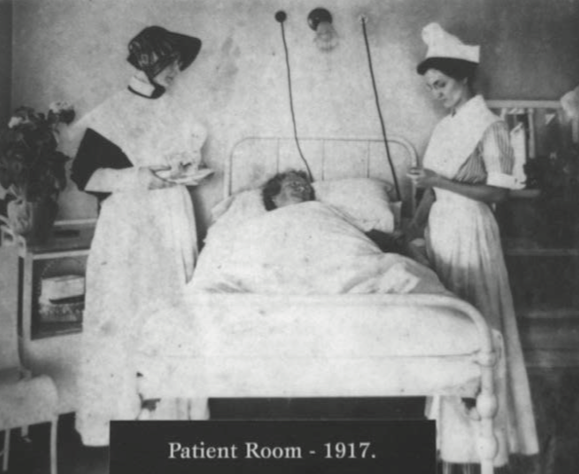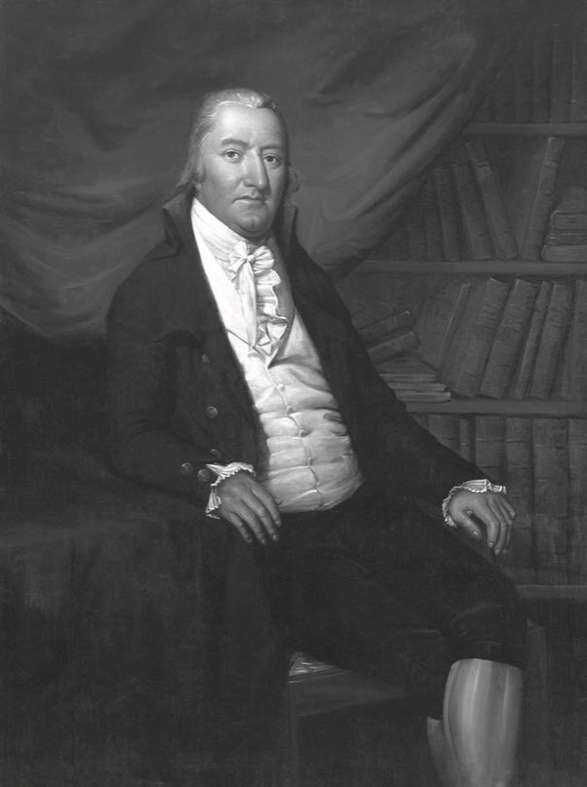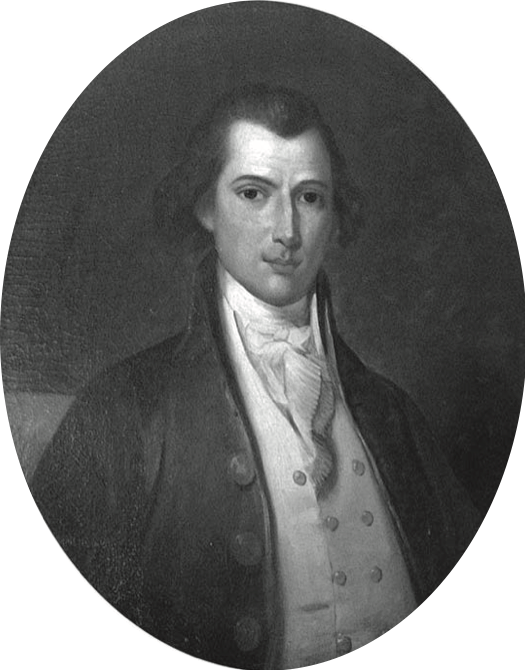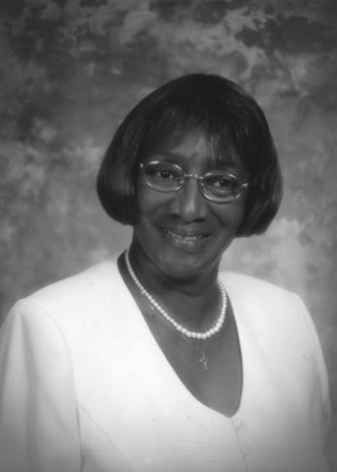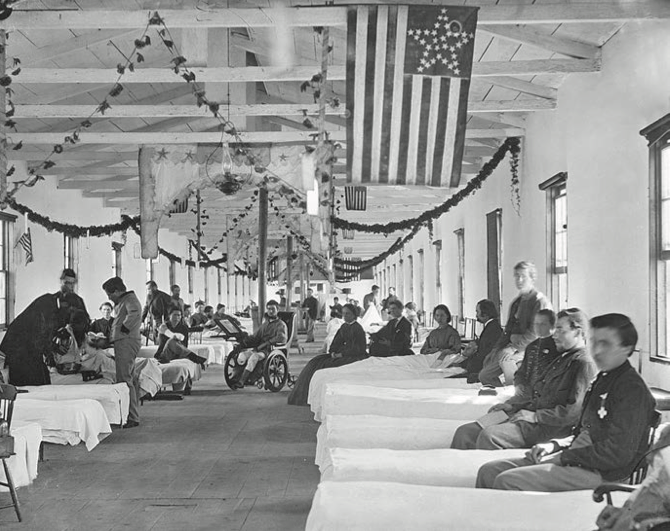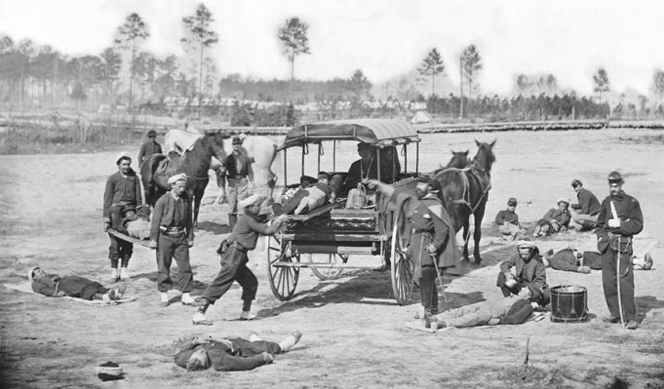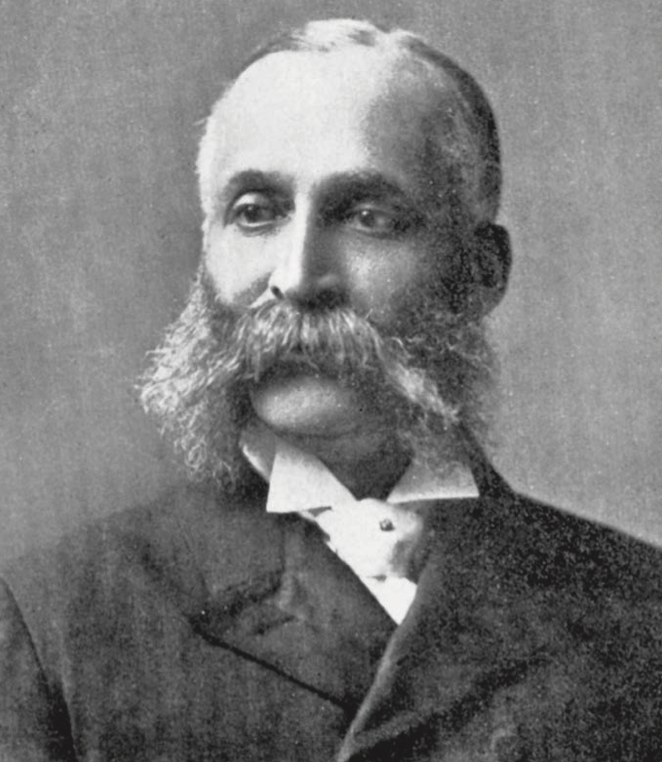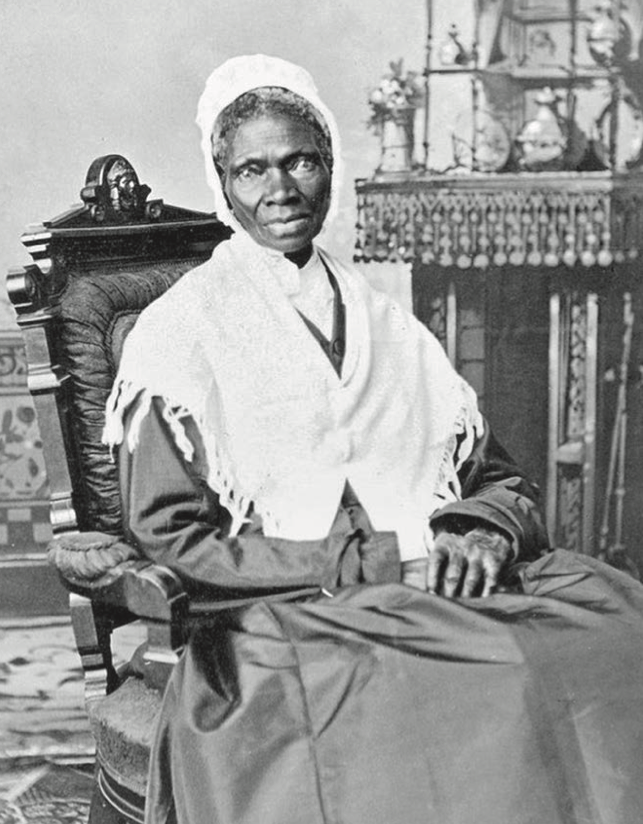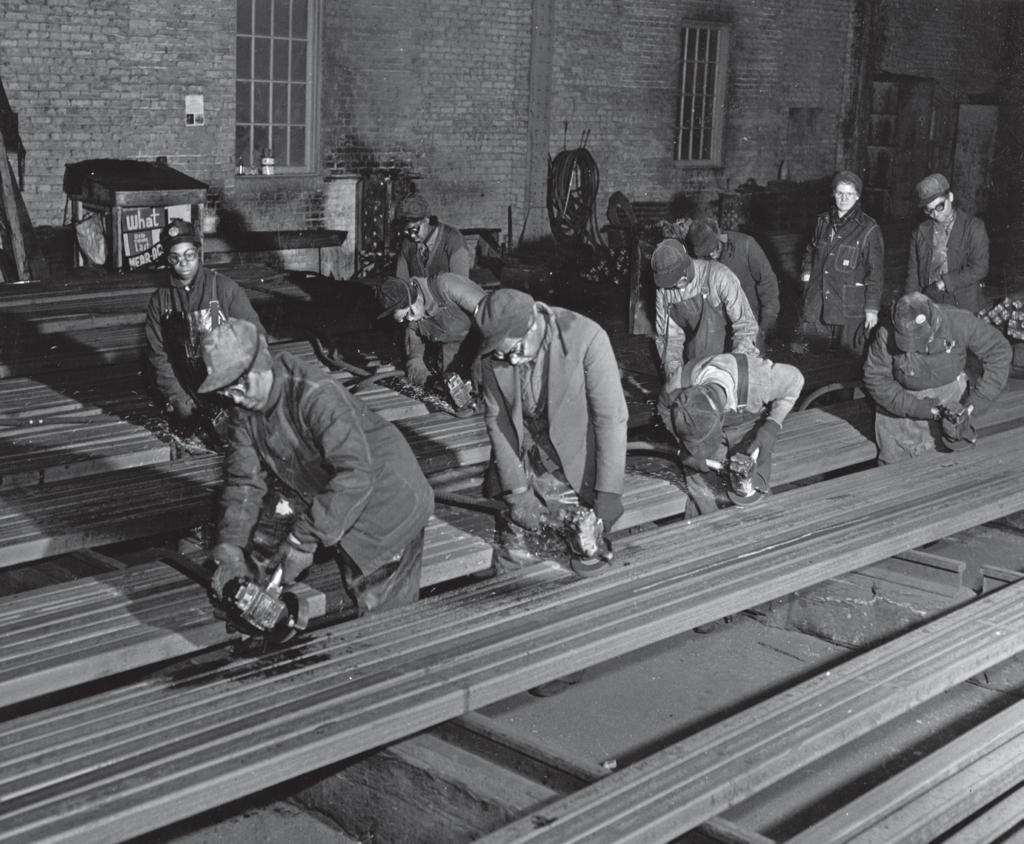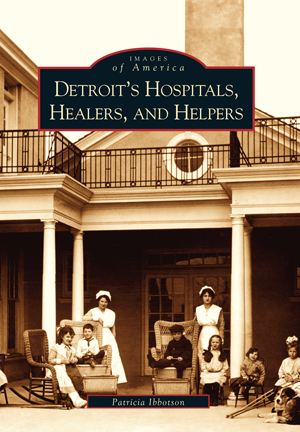This is Part 4in our continued series, Healthcare Heroes, where we look back at the profound legacy of American doctors, nurses, and healers.
Meeting a Need

Located on the border of Southern Oregon and Northern California, the scenic Rogue Valley was the site of rapid population growth after World War II. No one could have predicted the sudden onset of the 1949 polio epidemic or the impact it would have on local populations residing far from complex medical treatment and rehabilitation facilities.
Rogue Valley residents generally valued their distance from “the big cities” of Portland, San Francisco, and even Eugene. But when the polio epidemic hit, they were shocked to recognize the dangers of a six-hour emergency transport on a winding two-lane highway to the nearest iron lung in Eugene, over 100 miles away.
George Milligan, a young FAA control tower operator, proposed a volunteer air ambulance service with its first plane purchased through community donations. Highly skilled former military pilots would fly the planes, nurses and doctors would oversee the medical care, and an influential board of directors made up of community leaders would support the fledgling service. Mercy Flights was born.
Community Action and Leadership

Community leaders mobilized to promote Mercy Flights through fundraising, devising communications strategies, streamlining a subscription/membership process, and offering legal and technical advice.
The Mercy Flights board represented a cross section of the power structure in the Rogue Valley. In addition to their direct involvement on what was initially a time-consuming board, each member also brought with them their access to a wide range of colleagues and friends. Their influence reached deeply into the community, and they all knew they were expected to capitalize on this reach.
The sustainability of Mercy Flights required a stable financial structure. As the board grappled with this issue, Milligan proposed a subscription plan that would provide medical transportation when needed to families covered by an annual subscription. The board enthusiastically supported this strategy and created community subscription drives, making subscriptions readily available in local offices and businesses and encouraging employers to provide subscriptions as a benefit of employment.
Challenges and Historic Rescues

Prior to 1983, when Emergency Medicine System legislation was passed in Oregon, rescues and emergency responses were informal. The idea of a “first responder” was a new concept. From the first days of its creation, Mercy Flights’ history included involvement in precarious and dramatic rescues from unlikely landing strips such as sandbars and rural highways.
Mercy Flights founder George Milligan often described these as “make-believe airports.” In one of the early missions, a pilot and nurse landed in Agness, a small community on the Rogue River, and then had to hike to locate the injured patient.
Because of the outdoor lifestyle of rural Oregonians, rescues are commonplace in forests, rivers, lakes, on mountains, or even on sandbars. Fortunately, Mercy Flights’ maneuverable single-engine planes, such as a Stinson Reliant or a Cessna 180, provided access to remote landing strips before helicopters became available. Mercy Flights was also the first to respond to the 1955 Roseburg, Oregon, dynamite explosion that leveled the city; they immediately flew in utility workers and medical supplies.
Despite his full-time job as an FAA control tower operator, Milligan led and managed Mercy Flights and was a constant presence at the Medford Airport. His personal leadership through rescues, first responses, and disasters was recognized by a number of state and national aviation and safety agencies.
Establishing Southern Oregon as a Regional Medical Center

As the population of Southern Oregon increased, so did the need for health care at all levels. Mercy Flights became the region’s solution for rapidly transferring complex patients to Level 1 and Level 2 hospitals in urban centers in Portland (263 road miles away) and San Francisco (373 road miles away).
In the 1960s, Medford’s two community hospitals grew into more complex health-care systems that offered care across all of the medical and surgical specialties and subspecialties. Sacred Heart Hospital, part of the Providence healthcare system, built a new facility and renamed it Providence Hospital. The Medford Community Hospital also built a new facility and renamed it Rogue Valley Memorial Hospital. With these new campuses that included contiguous medical offices, treatment centers, rehabilitation facilities, and laboratory services, Medford was now on the map as a regional medical center located midway between Portland and San Francisco.
New technologies also played a major role, as Mercy Flights began to provide neonatal transfer services for premature and ill infants as well as more complex inflight monitoring in pressurized aircraft for very ill patients. New technology also brought with it the need for more highly trained crews, including paramedics and specialty care nurses.
Buy the Book: Mercy Flights by Ruth Ballweg, MPA, PA, Michael E. Burrill Sr., Michael E. Burrill Jr., and Pirkko Terao

